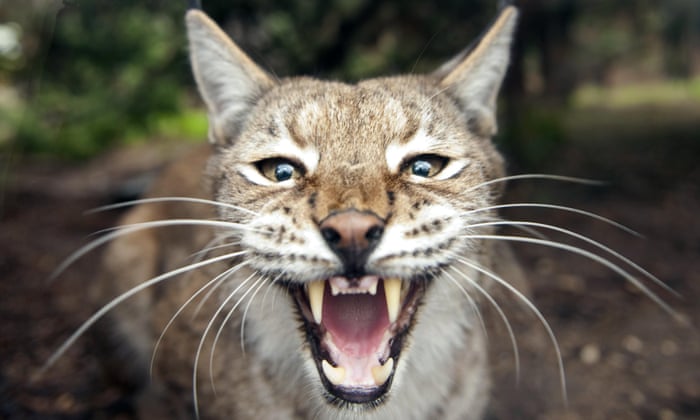A friend’s encounter with a mysterious feline creature shows how
unpredictable and thrilling the countryside could be with a little
rewilding

The creature bounded off with feline grace. It had an unusually long body and a distinct tail. My friend, a smart, sane man who has 20:20 vision and knows the difference between muntjac, doberman and panther, is convinced it was a big cat.
The idea that big cats roam the British countryside is often seen as a great urban myth, propagated by crypto-zoologists and conspiracy theorists, to be filed alongside sightings of the Loch Ness monster. Most eyewitness accounts of big cats are a kind of collective delusion, argues George Monbiot, reawakening “genetic memories” of ancestors facing sabre-toothed tigers; they answer today’s unmet need for wildness.
I agree with Monbiot on all important issues, but on this more trivial matter his theory seems less plausible than the likelihood that hundreds of sensible individuals are not deluded but have seen real big cats.
This has been proved in Norfolk where in 1991 a gamekeeper shot dead a 27kg (59lb) lynx a mile from where I grew up. For years, reliable locals spotted what we called “the Beast of Booton”, but the truth was only revealed when police records were published in 2006: a constable visited a gamekeeper to ask what was in his freezer. “Oh, only some pigeons and a lynx,” the keeper replied. That lynx probably escaped from a wildlife park that has now closed. Other big cats are also escapees or illegally kept pets.
Many big-cat witnesses emphasise not what they’ve seen, but the alarmed responses of dogs or horses around them. These animals are not deluded. It is poignant that my friend may not see another big cat in his life. “It was good but I want more,” he says. “I want it to be within 10 metres and growl at me.”
Big cats in our countryside stimulate our senses and spark our imaginations. They show how rewilding, and reintroducing the harmless-to-humans lynx, if done properly, would inspire us to spend more time in the wild. Our countryside can still offer such thrilling unpredictability.
source
No comments:
Post a Comment